Did you know that gabbro rocks make up approximately 15% of the Earth’s crust?
With their widespread presence and intriguing composition, gabbro rocks offer a fascinating glimpse into the geological history of our planet.
As you explore the identification and characteristics of gabbro, you will uncover a world of unique features and uses that highlight the significance of these rocks in various industries.
Let’s delve into the world of gabbro rocks and discover the secrets they hold.
Origin of Gabbro Rocks
When studying the origin of gabbro rocks, consider the processes that lead to their formation deep within the Earth’s crust. Gabbro rocks are igneous rocks that form through the slow cooling of magma beneath the Earth’s surface. Their geological formation involves the crystallization of molten magma rich in iron and magnesium minerals. This cooling process occurs over hundreds to thousands of years, allowing for the development of coarse-grained textures typical of gabbro.
The chemical composition of gabbro rocks is primarily composed of plagioclase feldspar, pyroxene, and olivine minerals. These minerals give gabbro its characteristic dark color and high density. The rock formation of gabbro is closely related to the mineral properties it possesses. Plagioclase feldspar provides the light-colored streaks often seen in gabbro, while pyroxene and olivine contribute to its overall hardness and durability.
Understanding the geological formation and chemical composition of gabbro rocks is crucial in identifying and differentiating them from other rock types. By studying these aspects, geologists can unravel the unique history and characteristics of gabbro formations.
Physical Characteristics of Gabbro
To identify gabbro rocks accurately, examine their distinctive physical characteristics. Gabbro rocks exhibit various texture variations, ranging from fine-grained to coarse-grained. The formation of gabbro occurs through the slow cooling of magma beneath the Earth’s surface, resulting in a crystalline structure. This process allows for the development of large mineral grains within the rock, giving it a distinct appearance.
When examining gabbro rocks, you may notice a dark coloration, often black or dark green, due to the presence of minerals like pyroxene and plagioclase. These minerals contribute to the rock’s overall texture and appearance. Additionally, gabbro is known for its hardness and durability, making it suitable for a variety of construction and decorative purposes.
Common Minerals Found in Gabbro
When examining gabbro, you’ll find a variety of common minerals within its composition.
These minerals contribute to the distinct properties of gabbro, such as its color, texture, and durability.
Understanding these mineral components is crucial for accurately identifying gabbro rocks.
Gabbro Mineral Composition
Gabbro rocks commonly contain minerals such as plagioclase, pyroxene, and olivine. These minerals contribute to the unique characteristics of gabbro, making it distinguishable from other rock types. When you examine a sample of gabbro, you may observe the following minerals:
- Plagioclase: This mineral adds a stunning variety of colors to gabbro, ranging from white to gray and even pink hues.
- Pyroxene: Known for its dark green to black appearance, pyroxene gives gabbro a striking contrast.
- Olivine: Olivine’s greenish tint in gabbro creates a beautiful mosaic effect, enhancing its overall appeal.
- Accessory minerals: These additional minerals can bring unexpected pops of color and texture to the gabbro, making each specimen truly unique.
Also Read: Flint Rocks: Identification, Characteristics, Pictures, and More
Gabbro Mineral Properties
With their distinct mineral composition, gabbro rocks exhibit unique properties that set them apart from other rock types. Gabbro formation mechanisms involve slow cooling deep within the Earth’s crust, allowing for the growth of large crystals. This slow cooling process results in a coarse-grained texture, making gabbro easily identifiable. Common minerals found in gabbro include plagioclase feldspar, pyroxene, and olivine. These minerals contribute to gabbro’s dark color and high density.
Through texture analysis, gabbro is classified as an intrusive igneous rock due to its large crystal size and lack of visible grains. Understanding the mineral properties of gabbro is crucial for geologists to interpret the rock’s formation history and the conditions under which it solidified.
Identification Tips for Gabbro Rocks
To accurately identify gabbro rocks, observe the mineral composition and texture under a magnifying lens. Gabbro, a rock formed through the slow crystallization of molten magma deep within the Earth’s crust, exhibits specific characteristics that aid in its identification. Here are some tips to help you identify gabbro rocks:
- Color: Gabbro commonly appears dark green to black, but it can also display shades of gray. The color intensity can vary based on the amount of minerals present.
- Texture: Look for a coarse-grained texture with visible crystals interlocking together. The crystals are often large enough to be seen without the aid of a microscope.
- Mineral Composition: Gabbro mainly consists of plagioclase feldspar, pyroxene, and sometimes olivine. Identifying these minerals within the rock can confirm its gabbro classification.
- Density: Gabbro is a dense rock with a specific gravity higher than that of granite, making it feel heavier in hand.
Geological Occurrence of Gabbro
Having understood the identification tips for gabbro rocks, recognizing the geological occurrence of this rock involves examining its formation within specific tectonic settings. Gabbro is primarily formed through the slow cooling of magma deep within the Earth’s crust, making it an intrusive igneous rock. This formation process occurs in settings like oceanic crust, where magma solidifies beneath the surface, resulting in large gabbroic intrusions.
The geological history of gabbro is often linked to its association with ophiolites, which are sections of oceanic crust that have been uplifted and exposed on land. Gabbro’s presence within ophiolites provides valuable insights into past tectonic processes and the evolution of oceanic crust.
Gabbro showcases various color variations, including dark green, black, or gray, depending on its mineral composition. Common minerals found in gabbro include pyroxene, plagioclase feldspar, and olivine, contributing to its distinct appearance. Understanding the geological occurrence of gabbro enhances our knowledge of Earth’s dynamic processes and the formation of different rock types.
Uses of Gabbro in Various Industries
Utilizing gabbro in various industries offers significant benefits due to its durability and resistance to wear and tear. This versatile rock finds its way into numerous industrial applications, providing economic benefits and enhancing processes across different sectors.
Here are some key points to consider:
- Construction Industry: Gabbro is widely used in the construction sector for making countertops, floor tiles, and even decorative stone features. Its robust nature ensures longevity in buildings and infrastructures.
- Infrastructure Development: The use of gabbro in road construction and railway ballasts highlights its crucial role in establishing durable transportation networks, contributing to safer and more sustainable travel.
- Manufacturing Sector: In manufacturing, gabbro’s resilience is harnessed for creating heavy-duty machinery parts and tools, boosting operational efficiency and reducing maintenance costs.
- Environmental Considerations: Despite its industrial benefits, the environmental impact and sustainability concerns of gabbro extraction and usage raise important questions regarding responsible sourcing and conservation practices.
Interesting Facts About Gabbro
Gabbro is a rock formed through slow crystallization deep in the Earth’s crust. It showcases a range of colors from dark green to black.
You might find it intriguing that gabbro is commonly used in construction, as dimension stone, and even as a facing stone in architecture.
These interesting facts about gabbro shed light on its formation, hues, and practical applications.
Gabbro Formation Process
Exploring the formation process of gabbro reveals intriguing insights into the origins and characteristics of this igneous rock. When gabbro forms, the slow cooling of magma beneath the Earth’s surface allows for large mineral crystals to develop, giving it a coarse-grained texture. This process takes hundreds to thousands of years, showcasing the immense timescale of geological events.
The mineral composition of gabbro, primarily consisting of plagioclase feldspar, clinopyroxene, and olivine, contributes to its durability and dark coloration. Studying the mineralogy of gabbro provides clues about the conditions under which it solidified, offering a glimpse into the tumultuous history of our planet and the forces that shape it.
- Time: Reflect on the vast timescales involved in gabbro formation.
- Minerals: Consider the intricate combination of minerals in gabbro.
- Earth’s History: Contemplate the insights gabbro provides into Earth’s geological past.
- Forces of Nature: Marvel at the powerful forces at play in the creation of gabbro.
Gabbro Color Variations
As gabbro solidifies over extended periods, its color variations reveal fascinating insights into the intricate processes shaping this igneous rock. The color of gabbro can vary depending on the mineral composition present in the rock. Here are some common gabbro rock types and their associated colors:
| Gabbro Rock Type | Color |
|---|---|
| Norite | Dark |
| Anorthosite | Light |
| Pyroxenite | Green |
| Troctolite | Gray |
These variations in color occur due to the different mineral concentrations and the cooling rate during gabbro rock formations. Understanding these color differences can provide valuable information about the conditions under which the gabbro formed.
Gabbro Common Uses
With its durability and versatility, gabbro serves a wide range of practical applications in various industries. Here are some common uses of gabbro that highlight its strength and adaptability:
- Gabbro applications: Gabbro is extensively used in road construction due to its robust nature, making roads more resilient to heavy traffic and harsh weather conditions.
- Gabbro durability: Its durability makes gabbro an ideal choice for building construction, providing a sturdy foundation that can withstand the test of time.
- Gabbro countertops: Gabbro’s sleek appearance and resistance to heat and scratches make it a popular choice for countertops in kitchens and bathrooms.
- Gabbro construction: Beyond roads and buildings, gabbro is also used in landscaping projects to create durable and aesthetically pleasing structures.
Frequently Asked Questions
Can Gabbro Rocks Be Used in Construction Projects That Require High Structural Strength?
Yes, gabbro rocks are ideal for construction projects needing high structural strength. Compared to other construction materials, gabbro is robust. Its mining locations are widespread, with a significant geological distribution, making it a reliable choice for construction purposes.
Are There Any Specific Regions in the World Where Gabbro Rocks Are More Commonly Found?
In various regions across the globe, gabbro formations exhibit distinct distribution patterns. Understanding their geological significance provides insights into the Earth’s history. Their unique mineral composition offers valuable information about the formation processes and environmental conditions.
How Do Gabbro Rocks Compare to Other Types of Igneous Rocks in Terms of Durability and Weathering Resistance?
When it comes to durability comparison and weathering resistance, gabbro rocks stand out among igneous rocks. Their robust nature makes them valuable for various economic applications. Their geological origins contribute to their strength and longevity.
Are There Any Potential Health Hazards Associated With Working With Gabbro Rocks, Such as Exposure to Harmful Minerals or Dust?
When working with gabbro rocks, be cautious of potential hazards like dust exposure and mineral contamination. Despite these risks, gabbro’s durability makes it suitable for various structural applications, formed deep in the Earth under specific environmental conditions.
How Long Does It Take for Gabbro Rocks to Form and What Environmental Conditions Are Necessary for Their Formation?
Gabbro rocks typically form over hundreds to millions of years. They require specific environmental conditions like high temperatures and pressure deep within the Earth’s crust. These factors contribute to the slow crystallization process that creates gabbro.
Conclusion
Overall, gabbro rocks are igneous rocks that are formed from the cooling and solidification of magma deep within the Earth’s crust. They’re characterized by their dark color, coarse texture, and the presence of minerals such as pyroxene and plagioclase feldspar.
Gabbro has various industrial uses, including in construction and road building. So next time you come across a dark, coarse-grained rock, you might just be looking at gabbro!
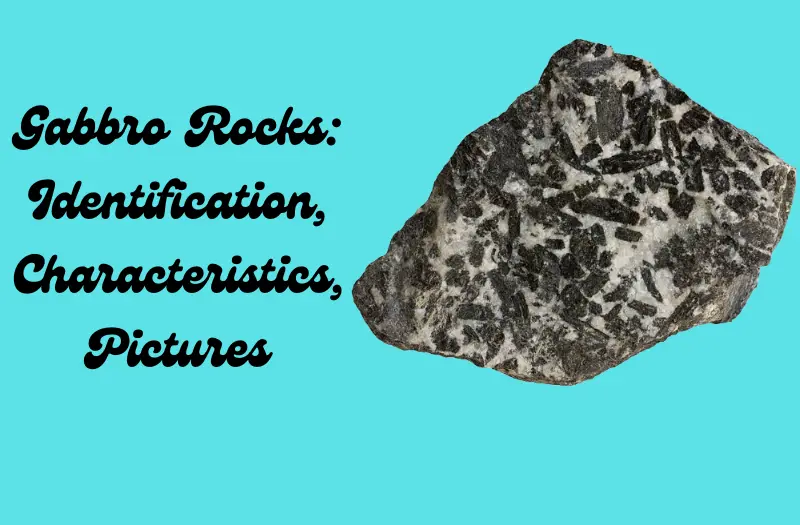
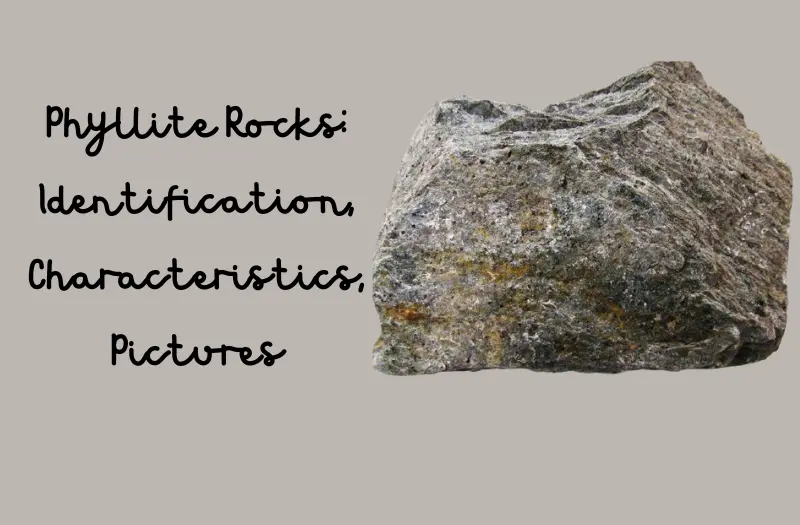
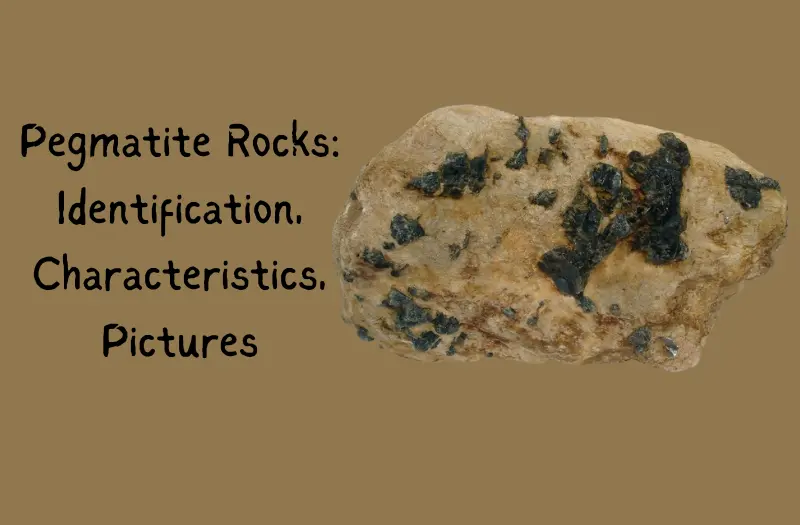
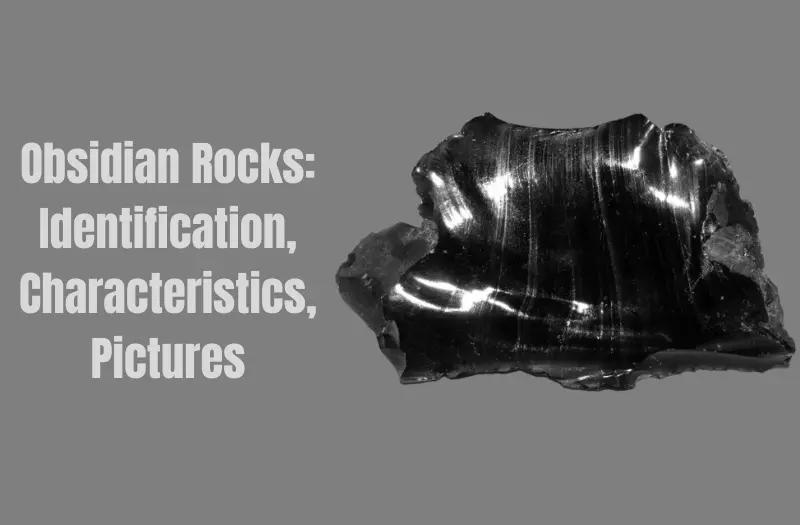
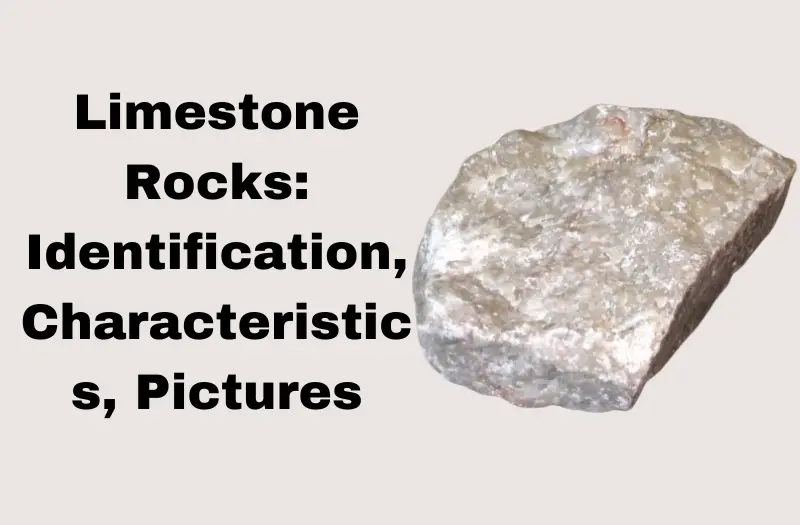
Leave a Reply